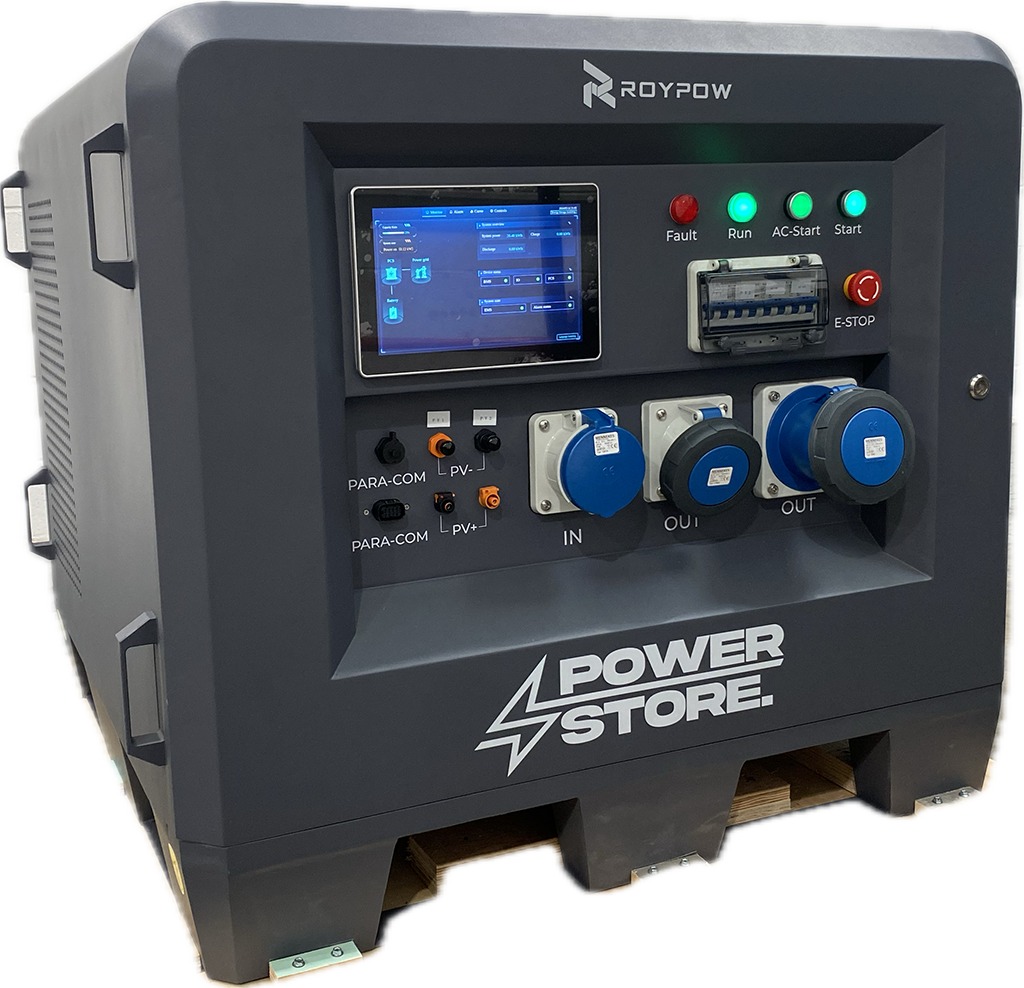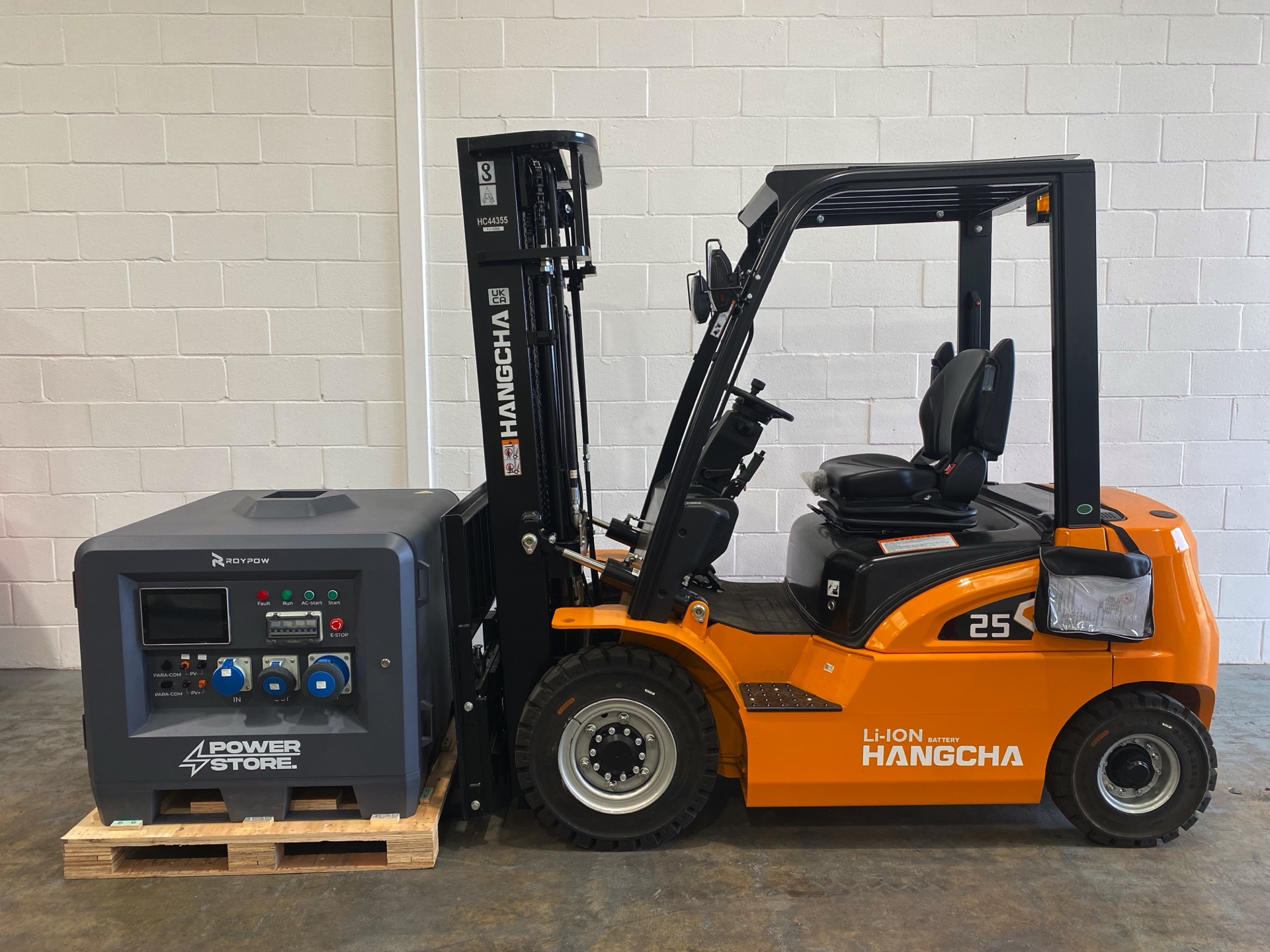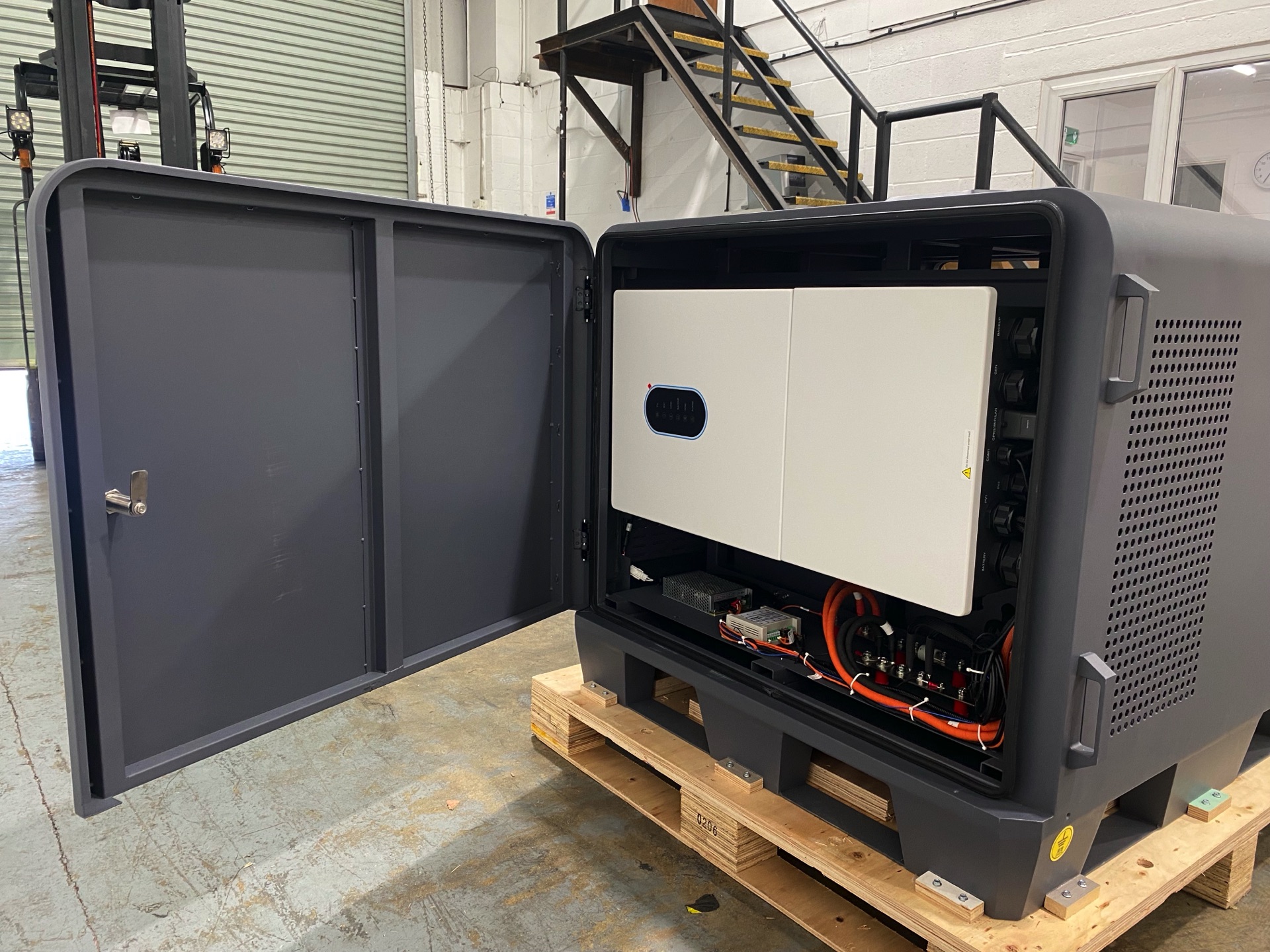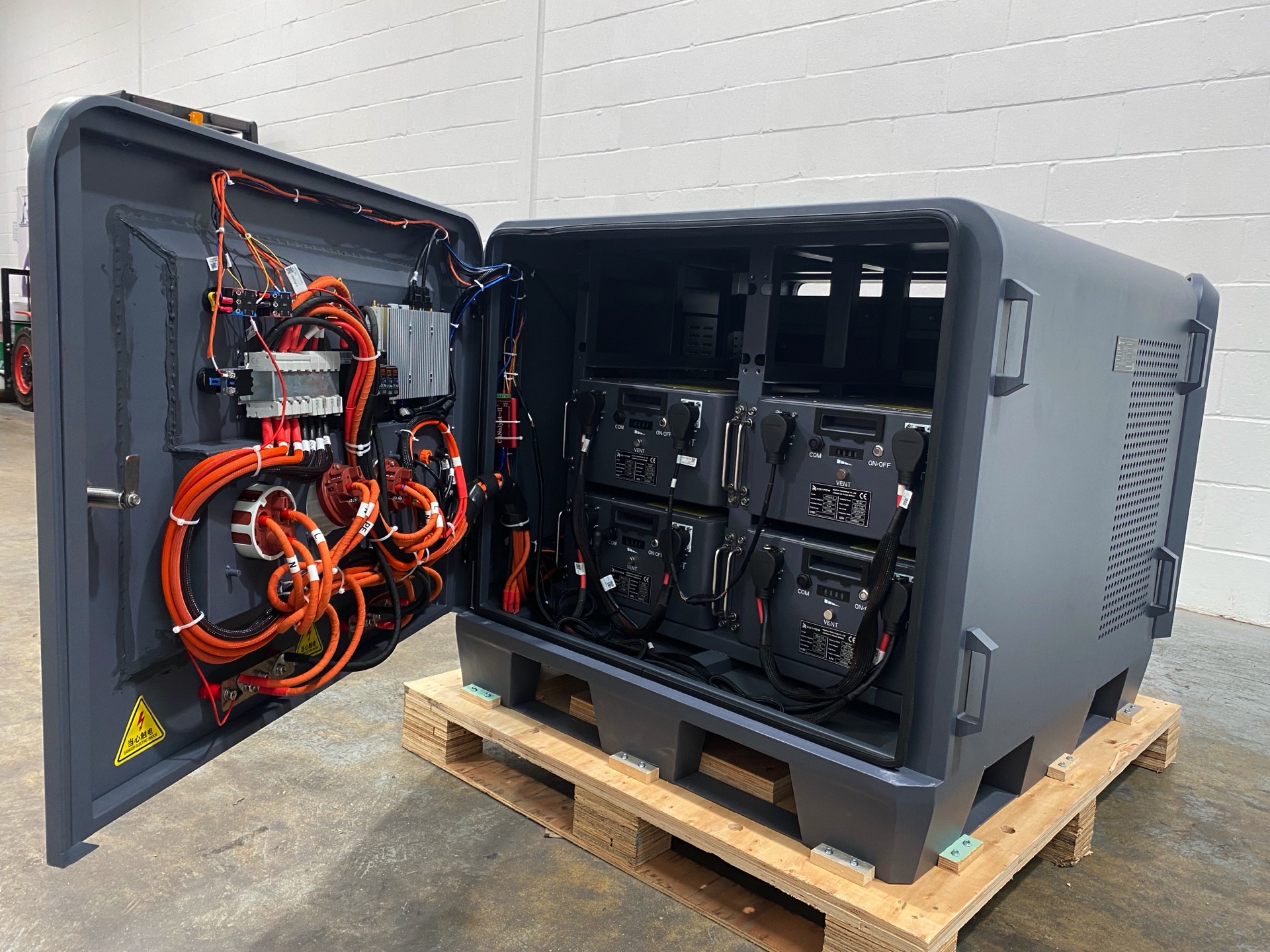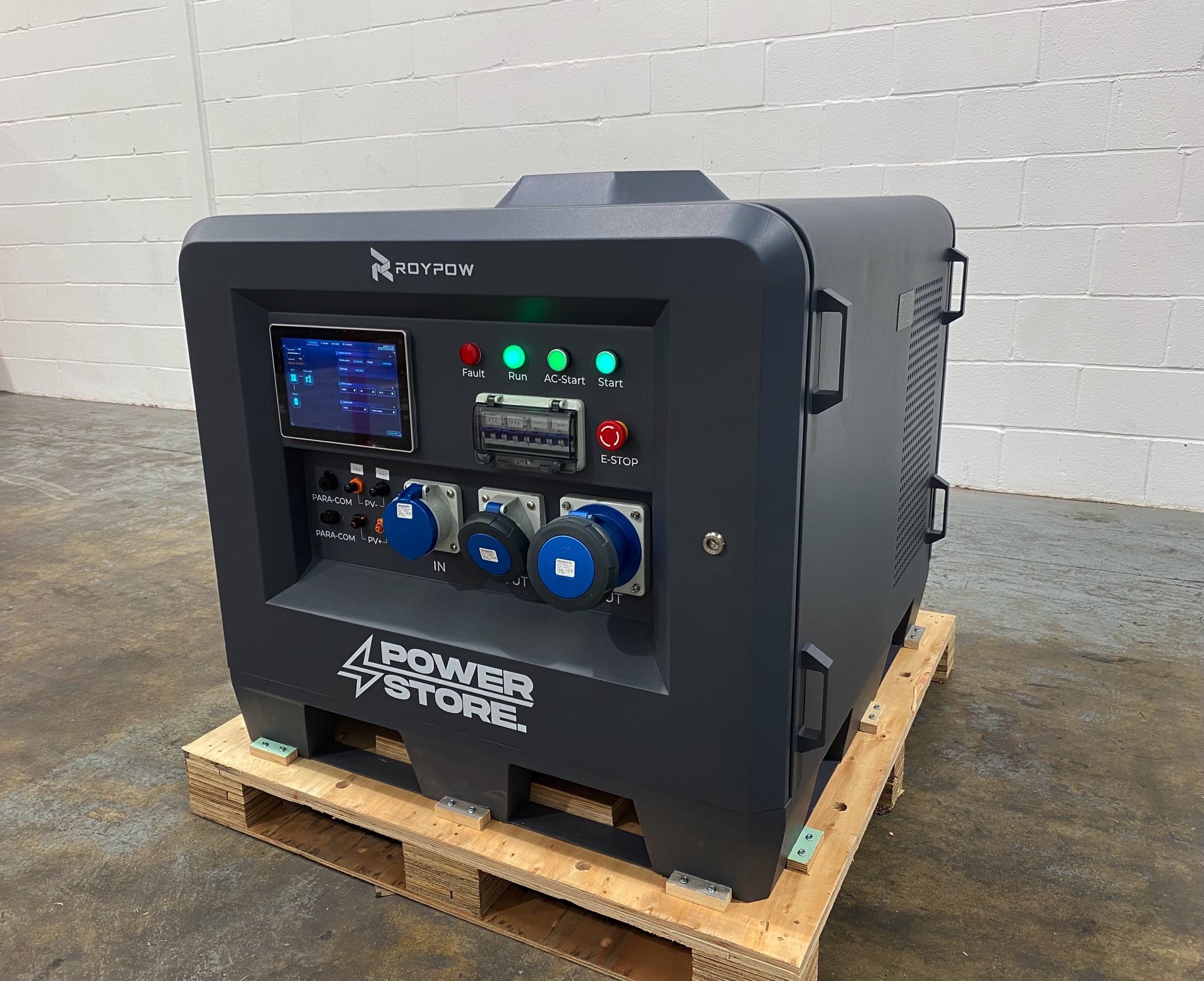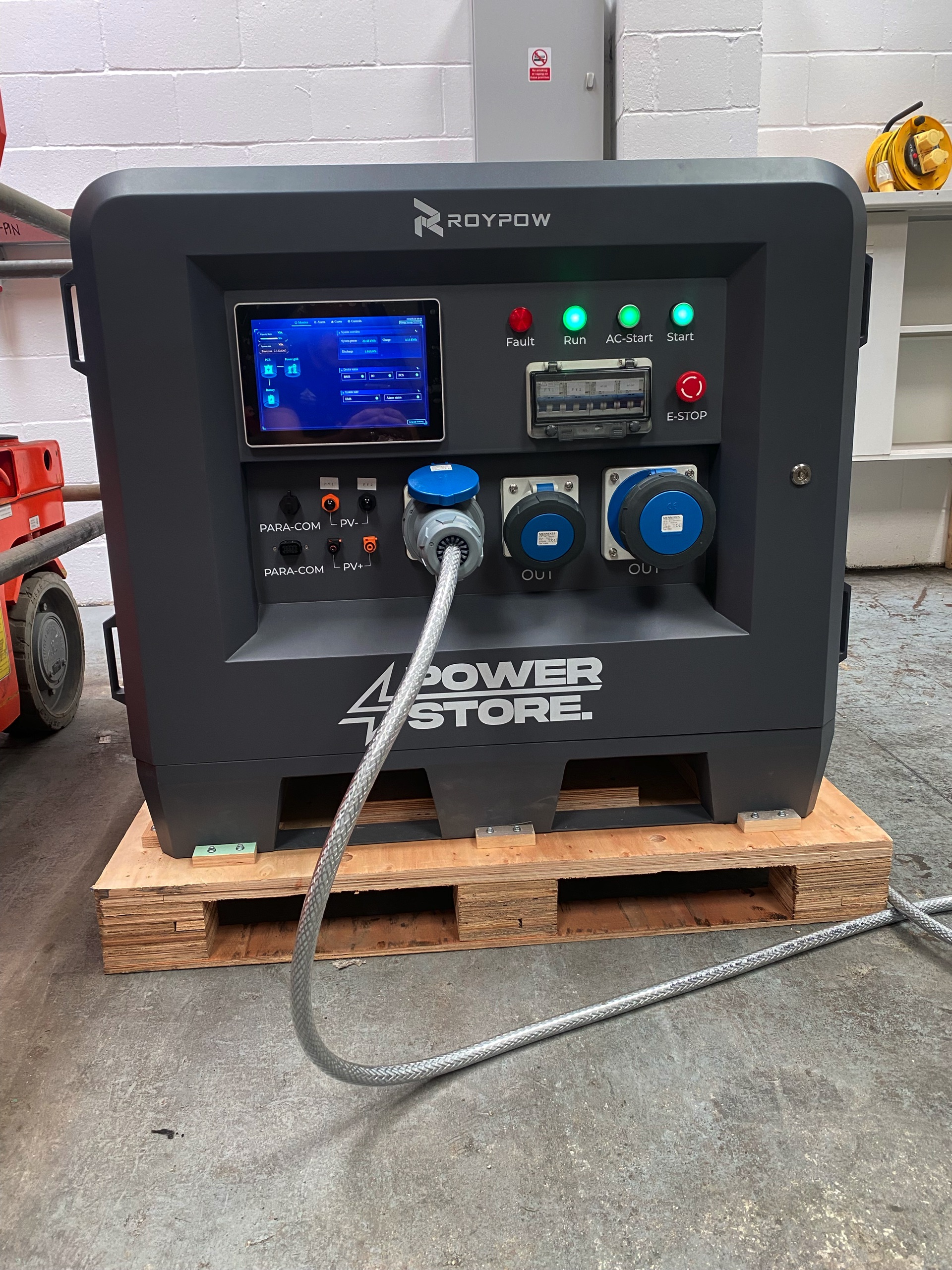Description
A Battery Energy Storage System (BESS) is a technology solution that stores electrical energy in batteries for later use. These systems are typically integrated with energy generation sources (such as solar or wind) or with the electrical grid to manage energy supply and demand more efficiently. BESS plays a crucial role in stabilizing the grid, enabling renewable energy integration, and providing backup power.
Key Components of a Battery Energy Storage System:
- Battery Pack: The core of the system consists of batteries that store the energy. These batteries are typically made of lithium-ion, although other types like lead-acid, flow batteries, and solid-state batteries may also be used depending on the application.
- Battery Management System (BMS): The BMS monitors and manages the performance, health, and safety of the battery pack. It ensures that the batteries operate within safe parameters, balances the cells, and communicates with other components to optimize efficiency and longevity.
- Inverter: The inverter converts the direct current (DC) stored in the batteries into alternating current (AC), which is the form of electricity used by most electrical systems, including the grid and household appliances. It also converts AC to DC when charging the batteries from the grid or renewable sources.
- Energy Management System (EMS): The EMS controls the operation of the BESS, optimizing the charging and discharging of the batteries based on energy demand, price signals, and other factors. It coordinates with the grid or other energy sources to maximize efficiency and reliability.
- Cooling and Thermal Management: Battery storage systems generate heat during charging and discharging. Effective cooling and thermal management systems are essential to prevent overheating, which can degrade battery performance and pose safety risks.
- Enclosures and Racks: The batteries and associated electronics are housed in secure enclosures, often in modular racks. These enclosures protect the components from environmental factors (like weather) and ensure safety during operation.
Applications of Battery Energy Storage Systems:
- Renewable Energy Integration: BESS allows for the storage of excess energy generated from renewable sources like solar and wind. Since renewable energy is intermittent (solar energy is only generated during the day, and wind energy depends on wind availability), BESS can store surplus energy during peak generation times and release it when production is low or demand is high.
- Grid Stabilization and Ancillary Services: BESS helps stabilize the electricity grid by providing frequency regulation, voltage support, and load balancing. It can quickly discharge energy to the grid to meet sudden spikes in demand or absorb excess energy when supply exceeds demand, helping to prevent blackouts and maintain grid reliability.
- Peak Shaving and Load Shifting: BESS can be used to reduce energy costs by storing energy during periods of low demand (and low electricity prices) and discharging it during peak demand periods when electricity prices are higher. This helps businesses and utilities optimize energy consumption and reduce costs.
- Backup Power and Uninterruptible Power Supply (UPS): BESS can provide backup power during outages, ensuring continuity of operations for critical infrastructure like hospitals, data centers, and emergency services. It also functions as an uninterruptible power supply (UPS) for sensitive equipment that requires a constant power supply.
- Microgrids: In remote or isolated areas, BESS can be integrated into microgrids, allowing communities to generate and store their own electricity. These systems are particularly valuable in off-grid applications, where they enable reliable power supply without relying on distant utility grids.
- Electric Vehicle (EV) Charging: BESS can be deployed at EV charging stations to store energy and provide fast, high-power charging. This reduces the strain on the grid and allows for more efficient use of renewable energy in EV charging infrastructure.
Benefits of Battery Energy Storage Systems:
- Energy Independence: BESS allows individuals, businesses, and communities to store energy and use it when needed, reducing reliance on the grid and enhancing energy independence. This is especially important in areas prone to power outages or where grid access is limited.
- Grid Reliability and Flexibility: By storing and releasing energy as needed, BESS helps utilities manage grid fluctuations, integrate more renewable energy, and avoid the need for expensive infrastructure upgrades. This leads to a more resilient and flexible energy system.
- Environmental Impact: BESS enables the wider adoption of renewable energy by addressing the intermittency of solar and wind power. This helps reduce greenhouse gas emissions and contributes to a more sustainable energy future.
- Cost Savings: For consumers and businesses, BESS can reduce electricity bills by allowing energy to be stored during off-peak periods when rates are lower and used during peak periods when rates are higher. It also minimizes the need for expensive peak demand charges.
- Scalability: BESS solutions are highly scalable, from small residential systems to large utility-scale installations. This flexibility allows for a wide range of applications, from home energy storage to grid-scale energy management.
Conclusion:
Battery Energy Storage Systems are essential for modern energy management, especially in an era of increasing renewable energy use and grid complexity. By storing electricity and making it available on demand, BESS enhances energy reliability, reduces costs, and supports the transition to a more sustainable and resilient energy system.
